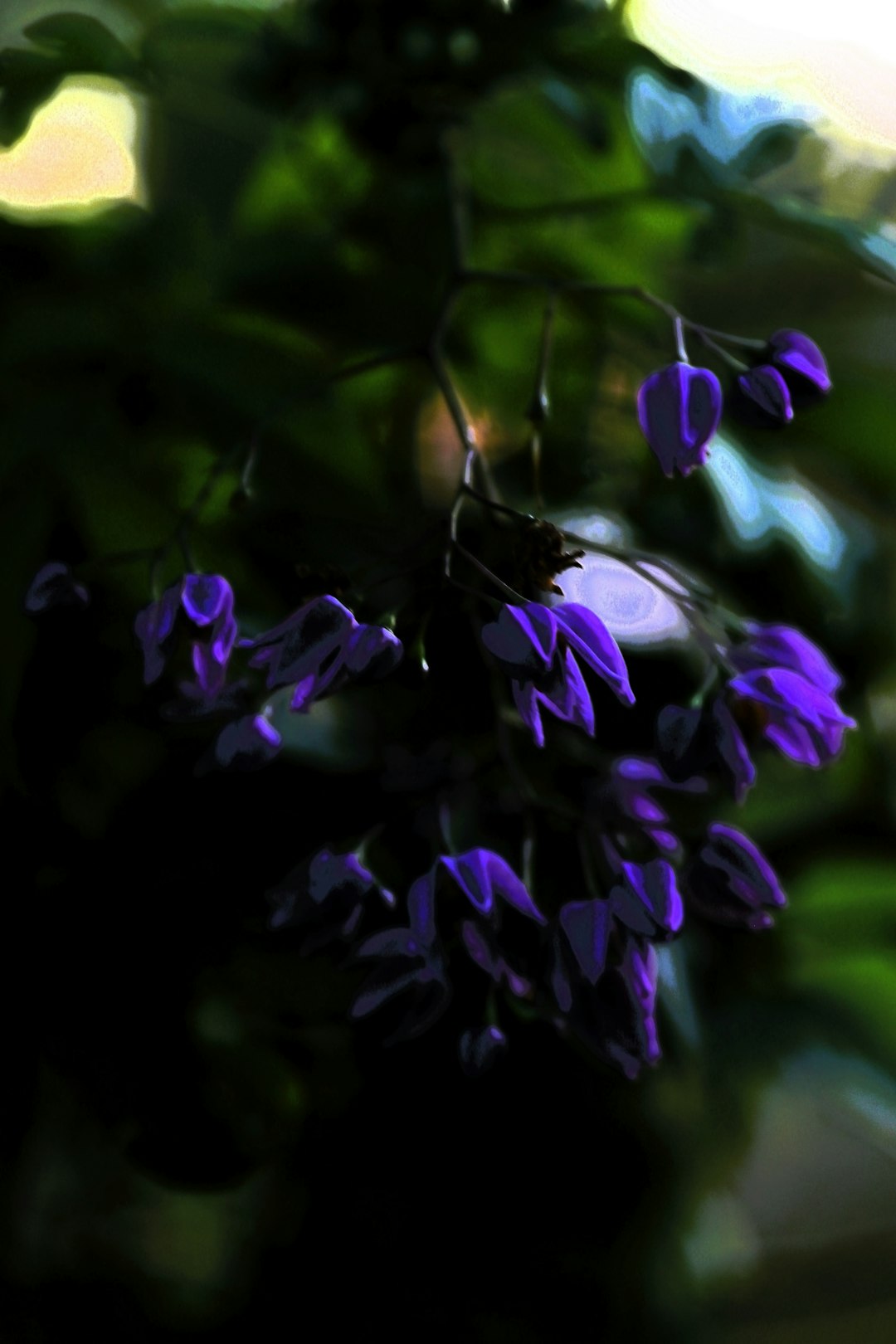Embrace Nature's Rhythm in Lawn Care

When it comes to caring for your yard, especially during the hot summer months, many homeowners find themselves in a state of panic at the sight of brown grass. The common reaction is to rush into action, trying every possible method to revive the seemingly dying lawn. However, what if we told you that in most cases, there's no need to worry so much? Our experts suggest that you can let nature take its course.
In the sweltering heat of summer, brown grass often becomes a cause for concern. But here's the good news: in the majority of situations, your brown grass isn't actually dead. It's just in a dormant state. Grass, like many other plants, has a natural defense mechanism to survive harsh conditions. When faced with extreme heat and drought, it goes into dormancy to conserve energy and water. This is a normal and natural process that allows the grass to withstand the tough times and come back stronger when the conditions improve.
Instead of immediately reaching for fertilizers, pesticides, and excessive watering, it's important to understand the nature of your lawn. By letting nature handle the situation, you can avoid unnecessary expenses and potential harm to the environment. Over - watering can lead to water waste and may even cause root rot in the grass. And the overuse of chemicals can contaminate the soil and nearby water sources.
So, how can you let nature take its course? First, resist the urge to mow the brown grass too short. When the grass is dormant, it needs all the foliage it can get to protect itself from the sun and retain moisture. Keep your mower at a higher setting to leave the grass a bit longer. This will also help to shade the soil, reducing evaporation.
Secondly, avoid walking on the dormant grass as much as possible. The weight of footsteps can damage the already stressed grass and prevent it from recovering properly. If you need to access a certain area of your yard, try to use a designated path or boardwalk.
Another important aspect is to be patient. Nature works at its own pace, and it may take some time for the grass to come out of dormancy. Once the cooler temperatures and more regular rainfall return, you'll start to see signs of new growth. The grass will gradually turn green again, and your lawn will regain its lush appearance.
It's also beneficial to take preventive measures during the off - season to ensure a healthier lawn in the long run. In the spring and fall, when the weather is more moderate, focus on proper fertilization and aeration. Fertilizing at the right time provides the grass with essential nutrients, and aeration helps to improve soil drainage and oxygen circulation, which are crucial for root health.
Additionally, consider choosing grass varieties that are well - adapted to your local climate. Some grasses are more drought - tolerant and heat - resistant than others. By selecting the appropriate grass type for your region, you can reduce the likelihood of your lawn going into dormancy during the summer months.
In conclusion, caring for your yard doesn't always mean constant intervention. By understanding the natural processes of your lawn and allowing nature to take its course, you can achieve a beautiful and healthy yard with less stress and more environmental friendliness. So, the next time you see brown grass in your yard during the summer, take a deep breath and trust in nature's ability to restore your lawn.